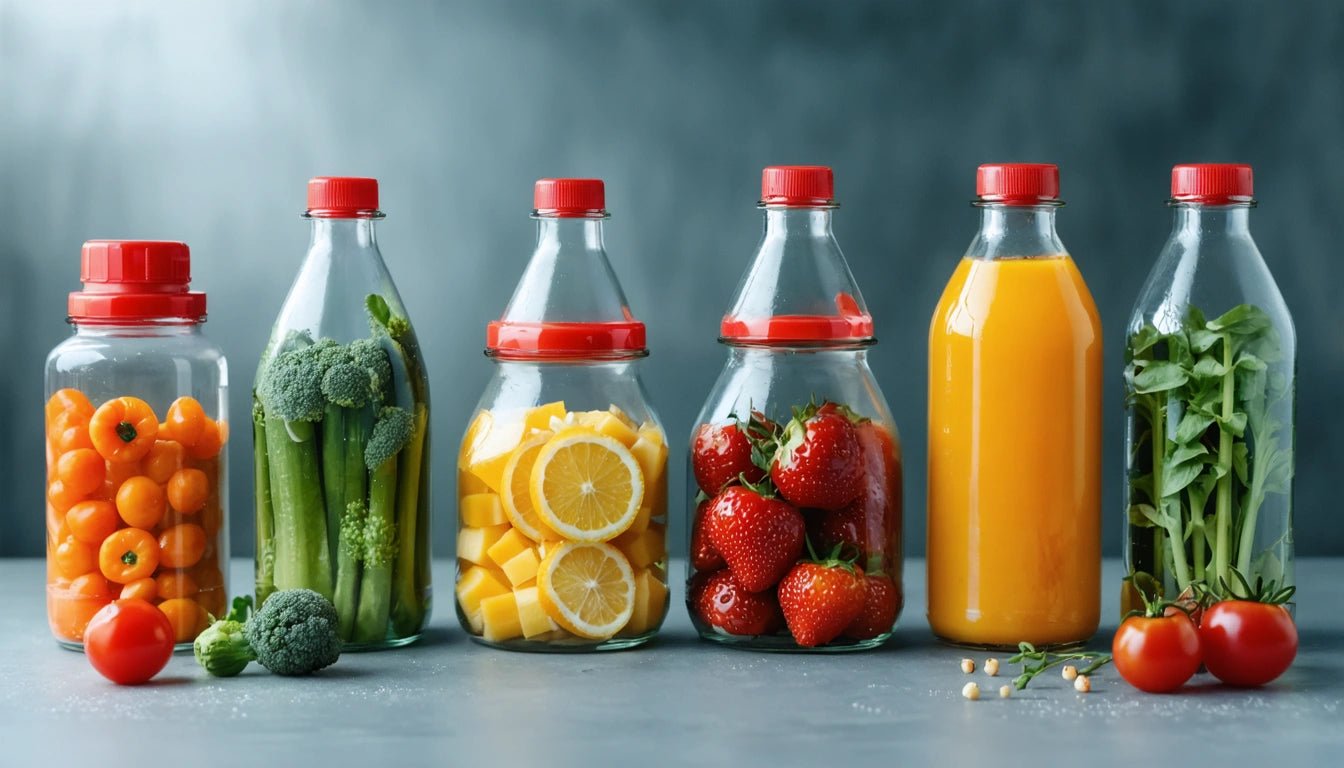Table of Contents
Understanding Retort Processing: A Guide to Retorts and Their Applications
Retort processing stands as one of the most reliable methods of food preservation and sterilization in modern manufacturing. But what are retorts exactly, and why are they so important across multiple industries? This comprehensive guide explores the science, applications, and considerations of this crucial technology.
What Are Retorts: Basic Definition and Functions
Retorts are pressure vessels designed to sterilize foods, beverages, and other products through the application of high temperature under pressure. Unlike conventional cooking methods, retort processing ensures commercial sterility, effectively eliminating harmful microorganisms while preserving nutritional value and extending shelf life.
The term "retort" derives from laboratory equipment used in chemistry, but in food processing, it refers specifically to industrial-scale pressure cookers that can reach temperatures above 250 °F (121 °C) while maintaining pressure to prevent boiling.
The Science Behind Retort Processing
Thermal Death Time
Retort processing relies on the principle of thermal death time, which is the time required at a specific temperature to kill a known population of microorganisms. For food safety, processors target the elimination of Clostridium botulinum spores, which are particularly heat-resistant.
Pressure and Temperature Relationship
By increasing pressure inside the vessel, retorts allow water to remain liquid even at temperatures above its normal boiling point. This superheated water provides more efficient heat transfer to the product, ensuring thorough sterilization throughout.
Types of Retort Systems
Modern food processing facilities utilize several types of retort systems:
- Batch Retorts: Traditional systems where products are processed in discrete batches
- Continuous Retorts: Allow for ongoing processing of products on a conveyor system
- Hydrostatic Retorts: Use water columns to maintain pressure
- Steam Retorts: Utilize steam as the heating medium
- Water Spray Retorts: Combine steam heating with water spray cooling for faster processing cycles
Each system offers specific advantages depending on product type, production volume, and facility constraints.
Applications Across Industries
Food and Beverage Industry
The most common application of retort processing occurs in food preservation. Shelf-stable products like canned vegetables, ready-to-eat meals, soups, and pet food rely on retort technology to ensure safety and longevity without refrigeration.
Pharmaceutical Applications
In pharmaceutical manufacturing, retort processing sterilizes medications, particularly those in sealed containers that must remain pathogen-free.
Cannabis Industry
The cannabis industry has begun adopting retort technology for certain infused products. Similar to how specialized packaging protects pre-rolled products from environmental factors, retort processing helps preserve potency and prevent contamination in liquid cannabis formulations.
Packaging Considerations for Retort Processing
Successful retort processing depends heavily on appropriate packaging materials:
Material Requirements
Packaging must withstand high temperatures and pressure without deforming or leaching chemicals. Common materials include:
- Metal cans with appropriate linings
- Retort pouches (multilayer plastic and foil laminates)
- Glass containers with specialized closures
- Rigid plastic containers with barrier properties
Understanding the recyclability of these materials becomes increasingly important as sustainability concerns grow.
Design Considerations
Package design must account for expansion during heating and contraction during cooling. Headspace requirements, seal integrity, and heat penetration characteristics all factor into successful retort packaging design. Similar to how everyday containers have varying recyclability profiles, retort packaging materials have specific disposal considerations.
Future Innovations in Retort Technology
The field of retort processing continues to evolve with several promising developments:
- Microwave-assisted retorting: Combines traditional pressure with microwave energy for faster processing
- Advanced automation: Improves precision and reduces energy consumption
- Sustainable packaging solutions: Developing retort-compatible materials with improved environmental profiles
- Gentler processing parameters: Preserving more nutrients and improving sensory qualities
As with other manufacturing processes discussed in our guide on specialized packaging materials, retort technology balances tradition with innovation.
Understanding what retort processing is and its applications helps manufacturers make informed decisions about preservation methods. Whether for food safety, pharmaceutical sterility, or product stability, retort technology remains a cornerstone of modern manufacturing while continuing to advance with new research and development.



















